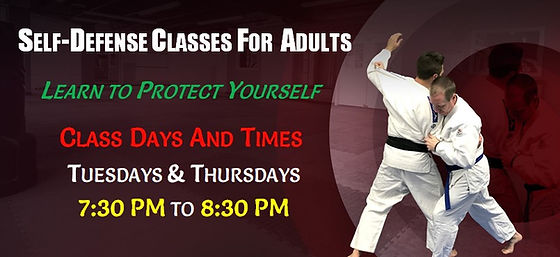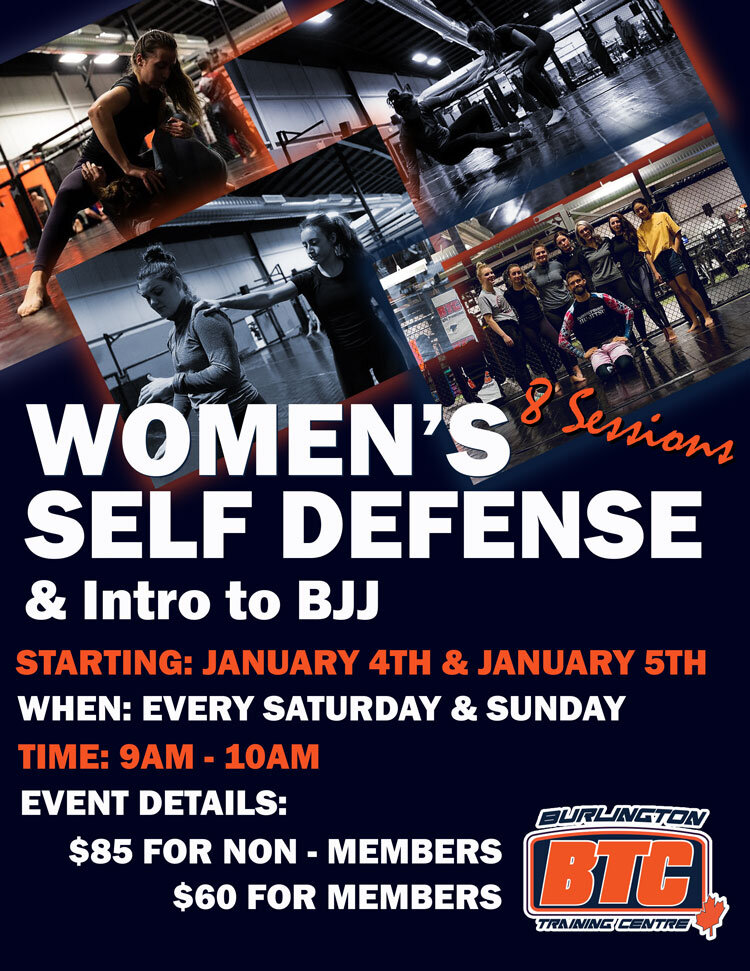
It is crucial that you choose self defense clothes that will protect you from an attacker. There are three types of clothing you can choose from: button-down shirts (stitch-resistant), knitted tops, and button-down shirt. These can be used to protect you from any knife or other weapon. Knitted tops are perfect because they are resistant from tears and cut.
Button-down shirts
Button down shirts can be both fashionable and useful for self defense. Many button-down shirts have a fabric loop located at the back of the shirt, just below the collar. This loop is near where the shoulder blades meet. This loop protects against physical harm.

Knitted shirts
Knitted shirts can be worn for everyday wear, as well as being used in self defense. You can find a wide range of knit-inspired tee-shirts in a variety styles including crew necklines, v–neck, short or long sleeves, slim fit and light fabric. They can also be used as active t-shirts, which are designed to be comfortable, lightweight, and quick-drying.
T-shirts
T-shirts make a great choice as self-defense clothes, since they can conceal weapons. T-shirts are soft, so it is harder to see the weapon outline than with jeans. This can make people feel scared or offended. Many people don't want to see someone with a weapon. They think that only criminals have weapons.
Jackets
Jackets for self defense can be very effective tools to protect you. These self-defense clothes are typically made of nylon or leather, and may be waterproof. A number of new products are available that can help you to defend yourself. One example is a self-defense jacket made from an exo-electric fiber, which can deliver an electric shock for a potential attacker. These self-defense garments look similar to ordinary women's jackets but have an inside layer that is charged with low-amp charges to deliver a non lethal shock. The jacket was designed by an industrial designer at the Massachusetts Institute of Technology and is produced by a clothing company, Advanced Research Apparel. The jacket acts as a non-lethal option to handguns or pepper spray and rape whistles.

Pants
Pants are an excellent choice for self defense because they can protect your legs from an attacker. Pants can be used to control the legs of your opponent and help you lose his balance. It's not the most straightforward move to do, as his shin bone, calf muscle, and wrist are larger than your forearm, wrist, and wrist. It is possible to grab the opponent's pant leg much more easily.
FAQ
Is it illegal to give a stun gun to a child?
It all depends on the child's age.
No.
18 years and older:
You must make sure that minors understand the risks of having a stun gun.
They should only use it with adult supervision.
How much does a stun gun cost?
A stun gun ranges in price from $20-$100, depending on the model.
Most models include two batteries. The batteries are good for around three months.
What should I look out for in a self defense class?
You should consider the reputation and experience of the instructor when choosing a self defense class. Ask about their credentials and background.
Ask if they offer discounts or free trials. Some instructors offer special offers for new students.
Ask about online classes.
Ask if the school offers emergency medical attention after class. This is particularly important if you are injured in a class.
Make sure you find a class with a variety of exercises. This means that you will get plenty of time to try each technique before moving on to the next one.
Can I be arrested for using my stun guns?
No. Stun guns may be considered "less fatal" weapons. They are not likely to cause serious injury.
But, even if you hit someone accidentally with your stungun, you can still face criminal charges
What is the best weapon to carry for self-defense?
A knife is the best tool for self defense. While you might not consider a knife necessary for self-defense you will find yourself in need of one if an attacker tries to harm you.
It doesn't mean you have to buy a $100 folding blade just to keep yourself safe. You can get the job done with a simple knife and a pocketknife. For any emergency, you can add some extra tools.
Statistics
- In a January 2018 survey of 1,000 women nationwide, 81 percent reported experiencing some form of sexual harassment, assault, or both in their lifetime. (healthline.com)
- Boxers aren't allowed to fight in a clinch, which is a position that occurs in 80% of the streetfights. (mmaclan.com)
- Some people walk into a gym thinking they are going to become the best by training whenever they like and not putting 100% effort in. (budodragon.com)
- Most likely, you'll get tapped out by 90% of the people in your first 3-5 months. (mmaclan.com)
External Links
How To
How to Survive an Invasion at Home
Home invasion is a scary thought, especially when there are kids involved. We didn't know what it would feel like to be in the midst of home invasions when we began our home security installation journey. Here are the lessons we have learned thus far.
-
You must not allow your kids to see the attackers. Two men broke into the house while our children were sleeping upstairs. They were taken downstairs by us until police arrived. Our children were not hurt but the experience was enough for them to be traumatized.
-
Lock Up All Valuables. In our bedroom, we keep valuables safe. Even if someone attempts to break into your house, they won’t be able access it.
-
Keep an Eye out for Burglars. Our neighborhood is known for its high number of burglaries. We pay attention to suspicious cars and people.
-
Always have a backup plan. If something happens, our family will be taken over financially. If necessary, we have a plan for leaving the country.
-
Be prepared. You must be prepared if you find yourself in a position where you have to defend your life. You should always have water and food on hand.
-
Call 911 first. Call 911 immediately if you suspect that someone has broken into the house. It is better to call 911 immediately than wait for the authorities to come to your house.
-
Use common sense. Do not allow anyone to enter the house if they aren't welcome. Invite strangers only to visit.
-
Seek out help from neighbors and other people in the local area. If you feel unsafe, contact your friends and neighbors. They can watch your back, while you call the police.
-
Stay Calm And Do As Instructed By Police Officers. Keep calm and do as the officers direct. Do not run or resist arrest.
-
Photograph All Evidence. All evidence collected during an investigation should be photographed. You can take pictures of fingerprints, blood samples, or other evidence.
-
File A Report With Local Law Enforcement. File a report with law enforcement even if no one was injured. This will help to prevent future crimes.
-
Get in touch immediately with the Insurance Company. You should immediately contact your insurance company. Tell them everything that happened and ask for an adjuster to come out to assess the damage.
-
You must get rid of personal belongings. You should get rid of all personal belongings. You can take off any expensive jewelry and store it somewhere safe.
-
Keep Yourself Clean. Make sure to clean up after your self. Clean up after yourself.
-
Don't Talk About What Happened. Do not talk about what happened to anyone. It is possible that someone might use the information against you.